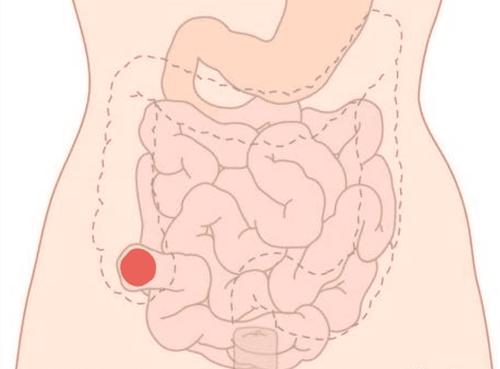This is an automatically translated article.
The article is professionally consulted by Master, Doctor Vu Van Quan - Gastroenterologist - Department of General Surgery & Anesthesiology - Vinmec Hai Phong International HospitalTuberculosis is often secondary to pulmonary tuberculosis. Peritoneal TB accounts for 6.5% of extrapulmonary TB and ranks 6th after pleural TB, lymph node TB, bone and joint TB, meningeal tuberculosis, and laryngeal TB.
1. What is peritoneal TB?
Peritoneal tuberculosis or tuberculosis lesions in the gastrointestinal tract such as the intestines, mesenteric lymph nodes or in the genital tract such as in the uterus, ovaries, fallopian tubes... is a specific inflammatory disease caused by the invasion of Mycobacterium tuberculosis bacteria. into the peritoneum, secondary to a previous foci of tuberculosis.2. Is peritoneal TB contagious?

Pathogenicity mechanism: TB bacteria can spread to the peritoneum by blood, lymphatic route, access route.
Blood sugar: This is the main route of spread of bacteria. Lymphatic route: From tuberculosis lesions in the intestine, in the mesenteric lymph nodes, along the lymphatic system, TB bacteria spread to the peritoneum. Also by the lymphatic route, TB bacteria can spread from the TB lesions in the pleura to the peritoneum because the lymphatic system of the pleura and peritoneum circulates with each other through the diaphragm. Access route: Tuberculosis lesions in the gastrointestinal tract such as the intestines, mesenteric lymph nodes or in the genital tract such as in the uterus, ovaries, fallopian tubes... progress, bacteria invade the peritoneum.
3. At what age is peritoneal tuberculosis common?
Peritoneal TB occurs at all ages, usually in people under 40, most often in the 20s and 30s. Females are infected more often than males. People who are heavy drinkers, immunocompromised, overworked, unsanitary living conditions, inadequate nutrition....have a higher risk of disease.In the early stages, the disease is difficult to detect because the clinical symptoms are weak and poor, and in the late stages, the clinical manifestations are very rich because the disease has damaged other organs. If not treated in time, the disease will progress complicatedly.

4. Manifestations of peritoneal tuberculosis
In addition to human TB bacteria, there are also bovine tuberculosis bacteria, a rare atypical tuberculosis bacteria that cause peritoneal tuberculosis. Systemic symptoms of peritoneal TB depend on progression and stage. However, like other TB diseases, patients with peritoneal tuberculosis also have an infection and toxicity syndrome with signs of fever, usually a low-grade fever in the afternoon, and may also have a fever of 39-40 degrees Celsius. bacteria cause damage to the peritoneum, so the patient still has abdominal pain, often a dull pain but sometimes the pain is intermittent, accompanied by nausea, diarrhea or constipation; The abdomen is distended and enlarged due to fluid in the abdomen.In the stage of fibrous adhesions (tuberculosis of the peritoneum with fibrous adhesions), the abdomen is concave with the boat; or the abdomen is round and solid like a ball due to fibrous contracture (in many cases, fibroids can lead to intestinal obstruction).
The above symptoms make peritoneal TB easy to be confused with other diseases in the abdomen such as appendicitis, intestinal obstruction, acute peritonitis not due to tuberculosis, peritoneal cancer... so many cases are suspected of external abdomen. In the clinic, the patient still has to have TB tests to rule it out.
According to location and age, there are peritoneal TB in the elderly, children, peritoneal TB in alcoholics... and according to the spreading mechanism of bacteria: blood, lymphatic, adjacent lines. Depending on the virulence and quantity of TB bacteria as well as the patient's body response, there are clinical forms of acute, subacute and chronic peritoneal tuberculosis.
Because peritoneal tuberculosis in acute and subacute forms is often very vague, most patients do not realize it, only when the disease has become chronic with typical, more aggressive symptoms. Just went to the doctor and got treatment.
Please dial HOTLINE for more information or register for an appointment HERE. Download MyVinmec app to make appointments faster and to manage your bookings easily.














